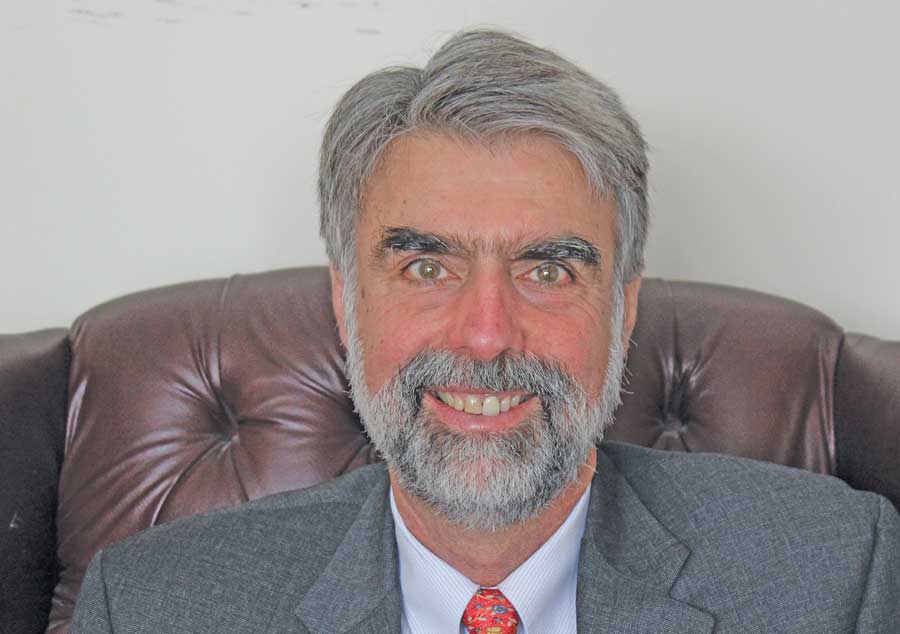VSC board of trustees approves 2-year tuition plan
Jeb Spaulding
The VSC board of trustees agreed to a two-year tuition plan on Feb. 19, which includes a 4 percent increase for in-state students and a 5 percent increase for out-of-state and graduate students for the 2015-2016 academic year, with the first tuition freeze in 35 years for the 2016-2017 academic year.
The various Vermont State Colleges were given the option to raise tuition between 3-5 percent next year, with any amount over 3 percent for in-state tuition dedicated to scholarship assistance for students.
“The bulk of the aid that we award comes from our operating budget,” said JSC President Barbara Murphy. “Every year we build in the ability to give scholarship money out, because it is a big cost, a big gulp for a lot of Vermonters. Even though we are one of the most affordable colleges in the state, there are still a lot in the state that don’t have a high family income… This [a 4 percent increase] is the same recommendation I would have made if I were continuing at Johnson State, but I do believe the ability to add to institutional aid is a resource that a new president will appreciate.”
72.5 percent of JSC’s campus-based undergraduates received a scholarship from the college this year. 92 percent of these scholarships were given to students with need. Since fall 2011 to Spring 2012, the college’s institutional aid for Vermonters has almost doubled from $700,000 to $1.3 million.
According to VSC Chancellor Jeb Spaulding, there is a lot of competition in the college and university world, and colleges are designing aid packages to help the students they feel have the most need and that they want to attract to their school. That is the intent of putting the extra 1 percent increase toward scholarship assistance.
“The board struggles with trying to make college as affordable as they can for our students,” said Spaulding, “and maintaining the quality of the program. There’s no right or wrong in this. It’s a judgment call, but there are only two significant sources of revenue for the colleges. One would be the state appropriation, which is low…the other is tuition.”
Governor Shumlin proposed level funding for this year, which means there is no increase or decrease in the state appropriation, but it’s essentially a cut when inflation is taken into account. JSC will get the same money next year as it got from the state in 2008.
When there is essentially a cut in the state appropriation, the only other place the colleges can really look for revenue is a raise in tuition, so they don’t have to erode the quality of education, programming or facilities.
Spaulding feels that establishing a two-year plan, with no increase in tuition in the second year, allows the school to prepare for the lack of increase in revenue, but to also use the tuition freeze as a recruiting tool. The extra year gives the administration time to plan and promote.
Given lack of state support, a recent decline in enrollment and the shrinking number of high school graduates, the colleges within the VSC system are increasingly dependent on tuition for their operating revenues. Couple that with the declining number of high school graduates pursuing higher education, and the strain increases.
“I think that JSC should have raised tuition more,” says Benjamin Simone, JSC student-body president. “We obviously aren’t getting anything from Shumlin, and our retention rate is really low. Enrollment has also been low, so what other option do we have?”
According to Simone, JSC needs to invest in enhancing their programs to draw in more students.
The college is trying to respond on multiple fronts to solve the declining enrollment and retention rate situation. As part of a system-wide initiative, JSC has begun an early college program, allowing 20 high school students to complete their freshman year at the same time as their senior year in high school, to increase the profile of JSC and attract more students.
The college has also continued to offer a dual enrollment program, which allows high school students to take one to two free courses at JSC. It is believed by the VSC board of trustees, though, that the state needs to do more to recruit.
To increase the profile of the Vermont state colleges, the VSC on Wednesday, Feb. 25, held its first legislative caucus. Each state college had a display to show how they are important to the regional economy, providing jobs and future employees. About 30 legislators attended. The VSC board of trustees wants to make sure that legislators know the good things that the colleges are doing, and why they deserve more funding.
“One of my goals as chancellor,” said Spaulding, “is to heighten the profile of the Vermont State Colleges. Way too many Vermonters and legislators don’t know all of the good things that are going on right now on our state college campuses, and I’m driven to make sure that they do know what an asset they have in our state college system…Once people feel good about it, at some point, they’ll choose to support you.”
Kayla served as a general assignment reporter and photographer for the spring 2013 semester. She returned for the Fall 2013 and spring 2014 semesters...



